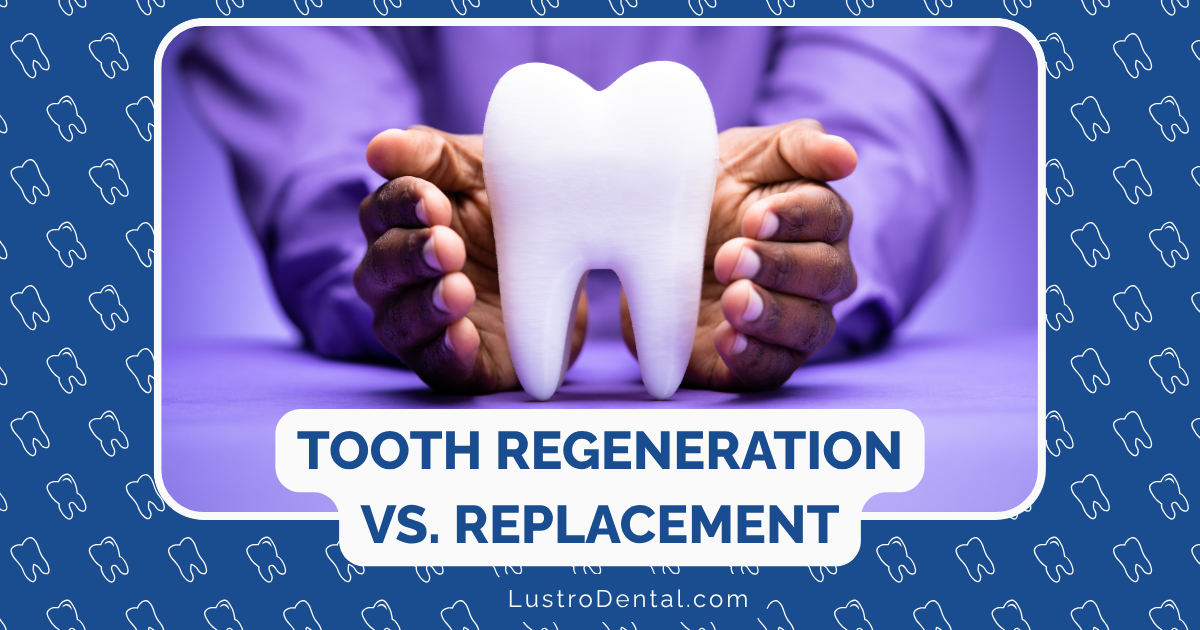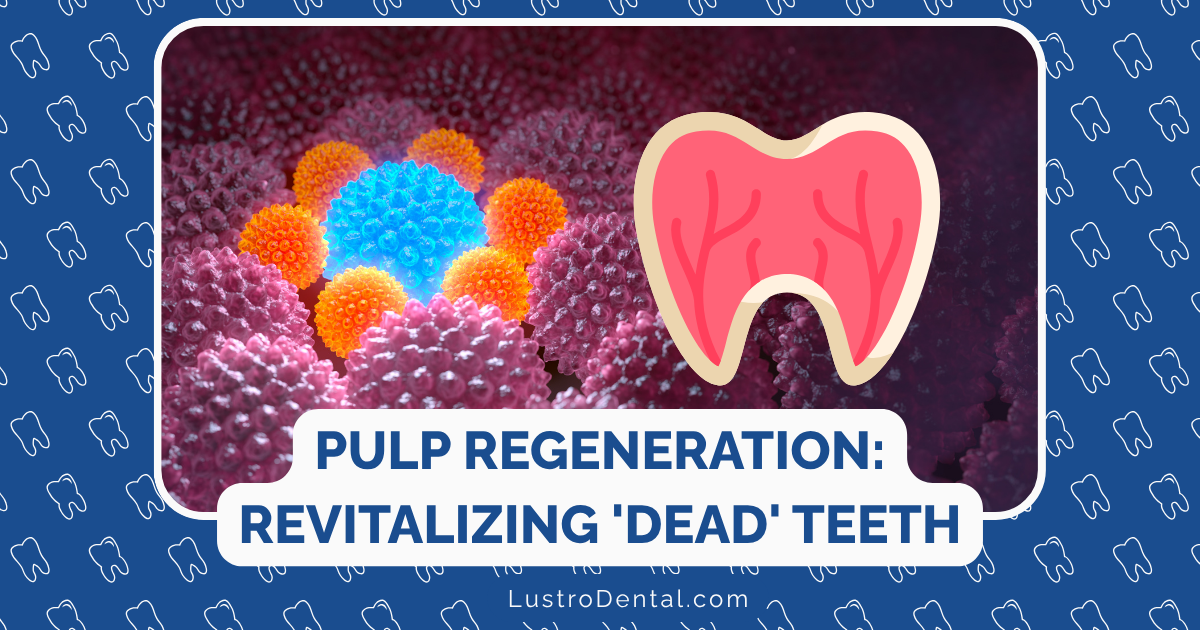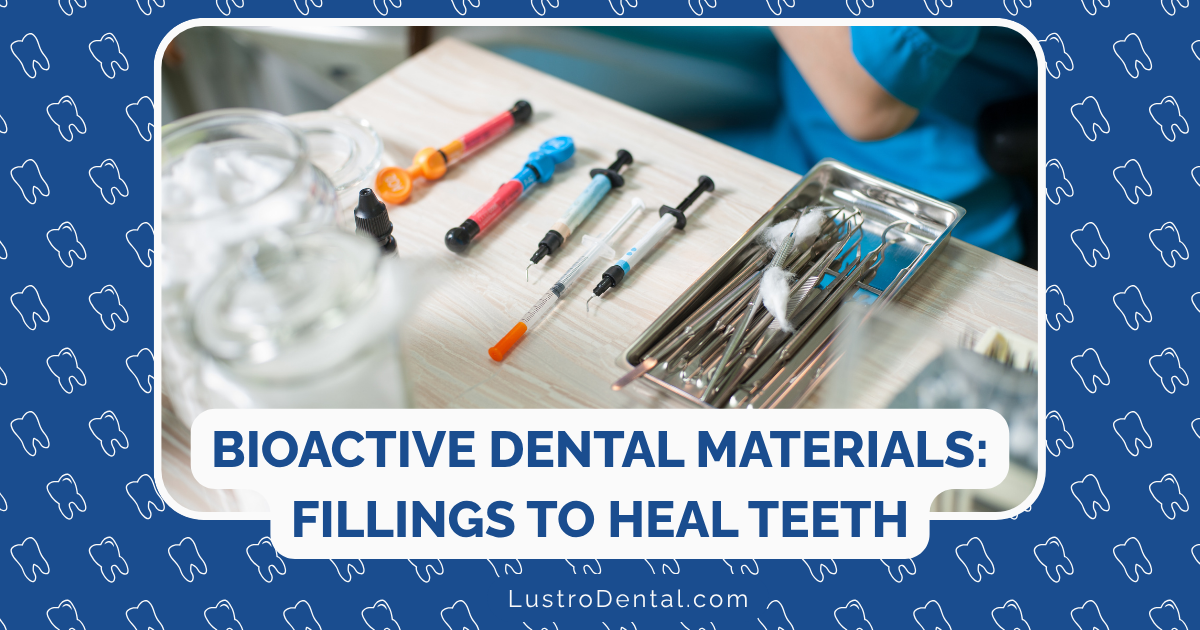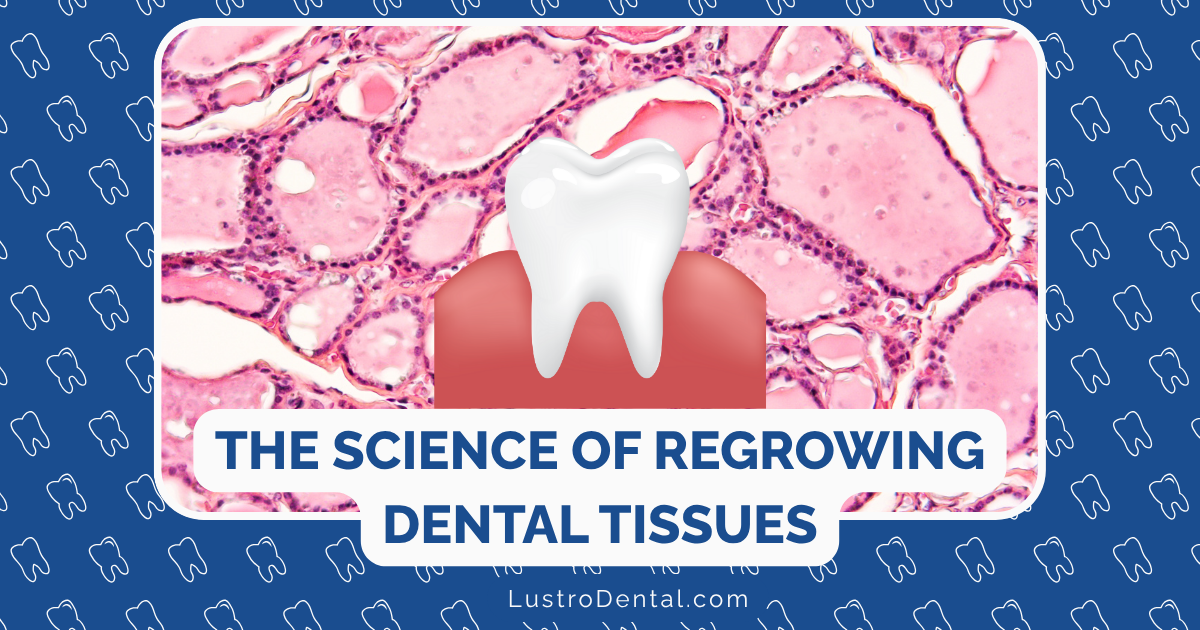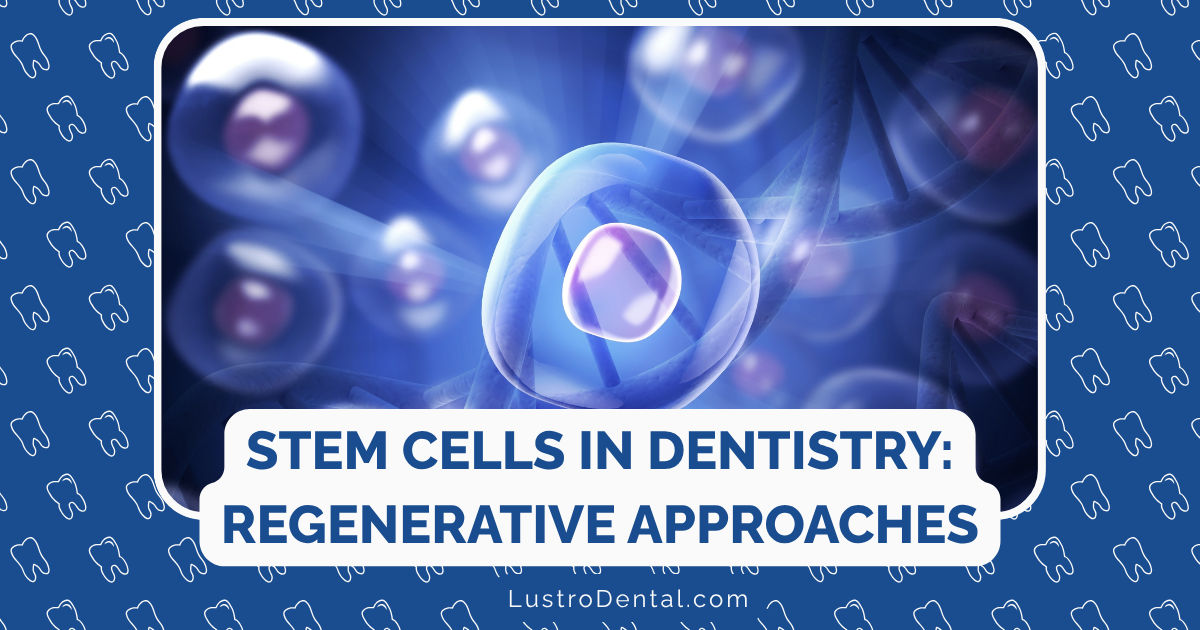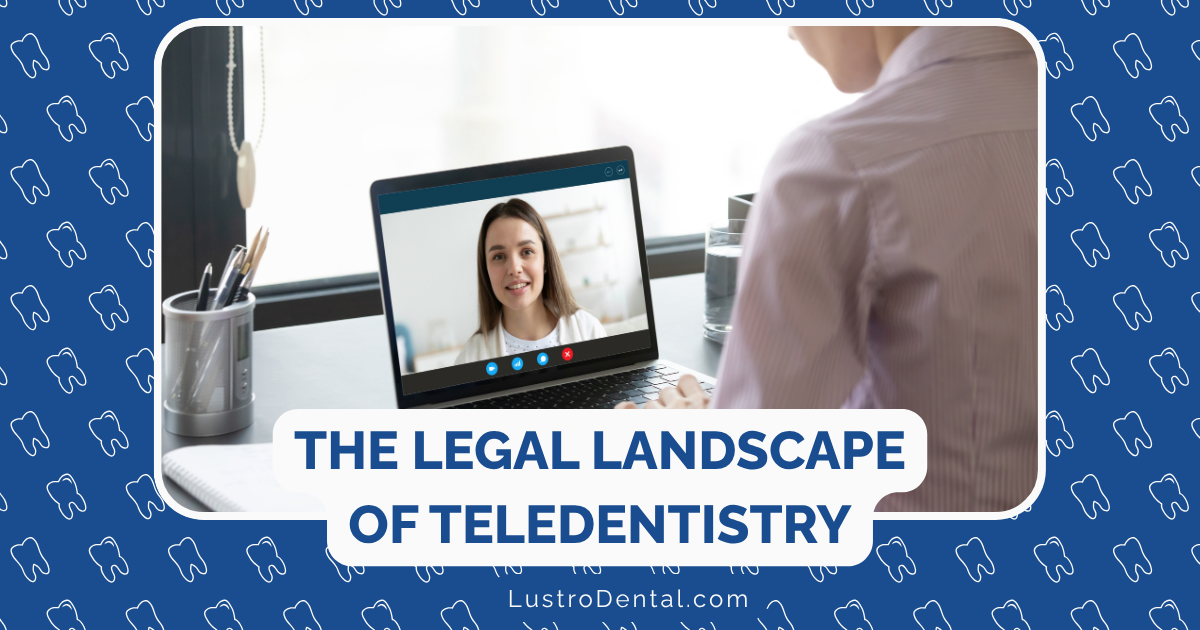The Digital Dental Office: How Technology Improves Your Experience
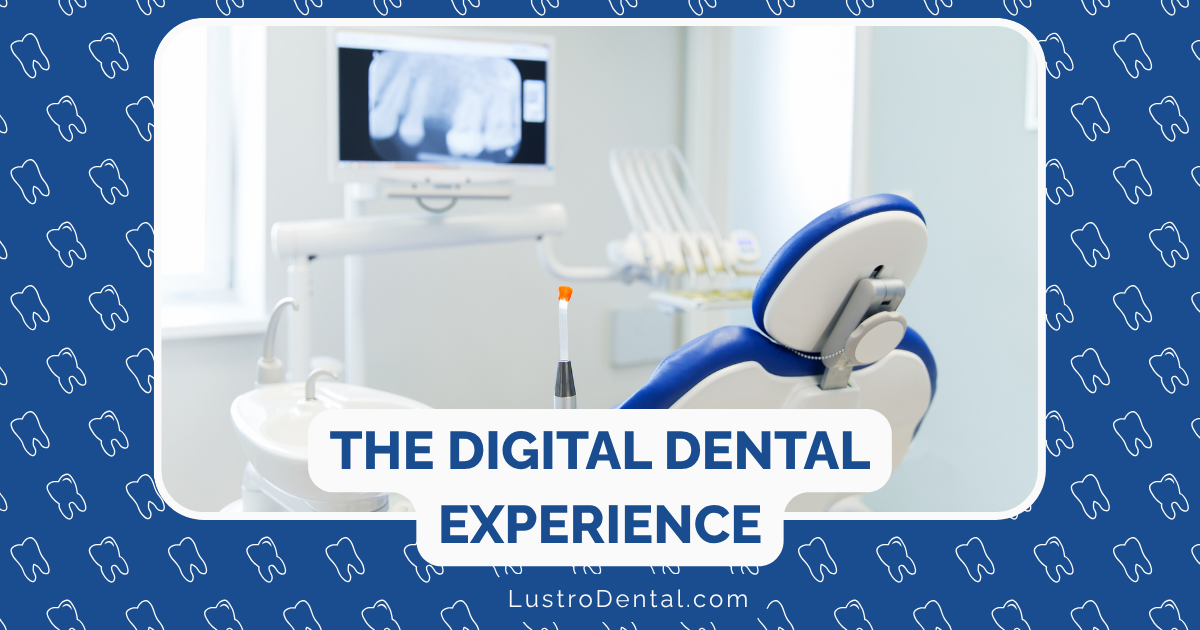
Remember when a trip to the dentist meant uncomfortable impression trays filled with putty, waiting weeks for crowns to be made at distant labs, and trying to understand your dental condition through tiny X-ray films? For many patients, these experiences contributed to dental anxiety and postponed treatment. Fortunately, the modern dental office has undergone a remarkable digital transformation that’s revolutionizing the patient experience.
As someone who’s witnessed this evolution firsthand, I can tell you that today’s digital dental technologies aren’t just making life easier for dental professionals—they’re fundamentally improving comfort, convenience, and outcomes for patients. Let’s explore how the digital dental office is transforming your experience from the moment you schedule an appointment to long after your treatment is complete.
The Digital Revolution in Dentistry
The shift to digital dentistry represents one of the most significant advancements in dental care in decades. According to the Institute of Digital Dentistry, 57% of dental practices in the USA now use intraoral scanners, and 18% have already integrated AI into their workflows, with another 66% considering adoption.
This digital transformation encompasses numerous technologies that work together to create a more seamless, comfortable, and effective dental experience:
- Advanced imaging systems
- Intraoral scanners
- CAD/CAM (Computer-Aided Design/Computer-Aided Manufacturing)
- 3D printing
- Artificial intelligence diagnostics
- Digital treatment planning
- Teledentistry platforms
- Cloud-based patient records
Let’s examine how these technologies are improving specific aspects of your dental experience.
Streamlined Appointments and Communication
Before You Even Arrive
The digital experience begins long before you sit in the dental chair:
Smart Scheduling Systems
Digital scheduling platforms have transformed appointment management:
- Online booking allows you to schedule appointments 24/7 without phone calls
- Automated reminders via text or email reduce no-shows by up to 30%
- AI-powered scheduling optimizes appointment slots to minimize wait times
- Digital intake forms can be completed at home, reducing paperwork in the office
According to Nova Computer Solutions, these automated systems ensure a seamless experience from appointment booking to follow-up care, saving you time and making dental visits more convenient.
Enhanced Communication
Digital communication tools keep you informed and engaged:
- Automated appointment confirmations and reminders
- Secure messaging platforms for questions between visits
- Treatment plan visualizations shared electronically
- Post-treatment care instructions delivered digitally
These tools not only improve convenience but also help reduce anxiety by keeping you informed and connected to your dental team.
More Comfortable Diagnostic Procedures
Digital Imaging: Clearer, Faster, Safer
Traditional dental X-rays required placing uncomfortable film holders in your mouth and waiting for development. Digital radiography has transformed this experience:
- Reduced radiation exposure: Digital X-rays reduce radiation by up to 90% compared to traditional film
- Instant results: No waiting for film development
- Enhanced images: Digital enhancement improves diagnostic clarity
- Easier sharing: Images can be instantly shared with specialists if needed
3D Cone Beam CT Scans
For more complex cases, 3D imaging provides unprecedented diagnostic information:
- Creates detailed 3D images of teeth, bone, nerves, and soft tissues
- Improves planning for implants, root canals, and extractions
- Helps identify issues that might be missed on traditional X-rays
- Enhances patient understanding of their condition
Sunshine Family Dental highlights how CBCT technology provides a comprehensive 3D view of oral structures, allowing for more accurate diagnosis and treatment planning, particularly for complex procedures.
AI-Enhanced Diagnostics
Artificial intelligence is revolutionizing how dental conditions are detected and diagnosed:
- AI algorithms can detect early signs of decay, gum disease, and other issues with up to 94% accuracy
- Consistent analysis reduces the risk of missed diagnoses
- Visual overlays highlight areas of concern on X-rays, improving patient understanding
- Earlier detection means more conservative treatment options
According to Overjet, patients today expect clarity, speed, and transparency in their dental care experience, and AI-powered tools address these expectations by providing visual clarity and objective findings.
Goodbye to Goopy Impressions
The Digital Impression Revolution
Perhaps one of the most noticeable improvements for patients is the shift from traditional impression materials to digital scanning:
Intraoral Scanners
These handheld devices have transformed the impression experience:
- Small, comfortable wands capture 3D images of your teeth in minutes
- No more gagging on impression material
- Improved accuracy leads to better-fitting restorations
- Immediate results allow for real-time adjustments
Operation Dental notes that digital dentistry enhances patient comfort significantly by eliminating traditional impressions, which can cause discomfort or gagging.
Patient Education Benefits
Beyond comfort, digital impressions improve your understanding of your dental condition:
- See your teeth magnified on screen in real-time
- Dentists can point out specific areas of concern
- Before-and-after comparisons track changes over time
- Treatment simulations show potential outcomes
According to a survey cited by the Institute of Digital Dentistry, 90% of patients find seeing their scan highly valuable, demonstrating the educational impact of this technology.
Same-Day Dentistry: Fewer Appointments, Faster Results
CAD/CAM Technology
One of the most significant advancements for patient convenience is the ability to create restorations in a single visit:
In-Office Milling
CAD/CAM systems allow dentists to design and create restorations while you wait:
- Digital designs are created based on your intraoral scan
- Computer-controlled milling machines carve restorations from ceramic blocks
- Crowns, inlays, onlays, and veneers can be completed in a single appointment
- No temporary restorations or return visits needed
Coastland Dental highlights how CAD/CAM same-day dentistry allows patients to receive crowns, bridges, and veneers in a single appointment, reducing the number of visits needed.
3D Printing in the Dental Office
Additive manufacturing is complementing traditional milling techniques:
- Creates surgical guides, models, and certain appliances in-office
- Produces highly accurate results for better-fitting devices
- Reduces waiting time for specialized items
- Enables customization for individual patient needs
According to the Institute of Digital Dentistry, 15% of USA dental practices now use a 3D printer, with more practices having printers than mills for in-office workflows.
Enhanced Treatment Planning and Visualization
Digital Smile Design
For cosmetic and restorative procedures, digital planning tools have transformed the experience:
- Digital photos and scans create a comprehensive analysis of your smile
- Virtual design allows you to preview potential results
- Adjustments can be made before treatment begins
- Creates a precise blueprint for your treatment
Cedar Village Dentistry explains how digital treatment planning software reduces treatment time and errors while enhancing patient understanding and confidence in treatment outcomes.
Augmented Reality Applications
AR technology is creating new possibilities for treatment visualization:
- Overlay potential treatment outcomes on real-time images of your face
- See how different options would look with your facial features
- Experience virtual try-ons of proposed changes
- Reduce uncertainty about aesthetic outcomes
According to HR for Health, augmented reality is now being used to provide step-by-step visuals during consultations and procedures, helping patients better understand their treatment options.
Improved Treatment Experiences
Precision-Guided Procedures
Digital technology isn’t just improving diagnostics and planning—it’s enhancing the treatment itself:
Computer-Guided Implant Placement
- Digital planning ensures optimal implant positioning
- Surgical guides created from digital scans improve accuracy
- More precise placement leads to better outcomes and faster healing
- Reduced chair time means a more comfortable experience
Digital laser systems are making many procedures more comfortable:
- More precise treatment with less trauma to surrounding tissues
- Reduced need for anesthesia in many cases
- Faster healing times
- Less post-operative discomfort
Remote Monitoring and Teledentistry
Digital technology extends care beyond the office:
- Virtual consultations for initial assessments or follow-ups
- Remote monitoring of orthodontic progress
- Digital check-ins for post-operative care
- Access to your dental team for questions without an office visit
HR for Health notes that teledentistry has evolved to include remote screenings, digital imaging, and real-time monitoring of orthodontic treatments, making care more accessible and convenient.
Enhanced Safety and Infection Control
Digital Workflows and Reduced Cross-Contamination
Digital technologies contribute to a safer dental environment:
- Digital impressions eliminate the need to disinfect physical impressions
- Electronic records reduce paper handling
- CAD/CAM workflows reduce the back-and-forth with external labs
- Touchless interfaces in some systems minimize contact points
Improved Treatment Outcomes
Digital precision leads to better results:
- More accurate restorations mean fewer adjustments and complications
- Better-fitting prosthetics improve comfort and function
- Enhanced diagnostic capabilities lead to more conservative treatments
- Digital records allow for better tracking of oral health changes over time
The Human Element: Technology and Personal Care
While digital technology offers numerous benefits, the most forward-thinking dental practices understand that technology should enhance, not replace, the human connection:
Personalized Care Enhanced by Technology
- Digital tools free up staff time for more meaningful patient interaction
- AI assists diagnosis, but treatment decisions involve human judgment and your input
- Technology enables more personalized treatment plans based on your specific needs
- Digital communication platforms strengthen the connection between visits
According to Overjet, AI and big data are allowing for personalized treatment plans based on individual patient profiles, facilitating proactive interventions before issues become severe.
The Future of Digital Dentistry: What’s Coming Next
The digital transformation of dentistry continues to accelerate. Here’s a glimpse of what’s on the horizon:
AI-Driven Predictive Care
- AI algorithms analyzing your dental history to predict potential issues
- Personalized prevention plans based on your specific risk factors
- Earlier interventions before problems develop
- More precise treatment timing recommendations
Advanced Biometric Integration
- Oral scanners that can detect biomarkers for systemic health conditions
- Integration of dental and medical health records for comprehensive care
- Personalized treatment protocols based on genetic and biological factors
- Real-time monitoring of oral health metrics
Immersive Virtual Reality Experiences
- VR distraction systems during treatment to reduce anxiety
- Interactive educational experiences about your oral health
- Virtual treatment rehearsals for complex procedures
- Enhanced communication about treatment options
According to Nova Computer Solutions, virtual reality systems are already being used to assist in patient education and treatment planning, allowing visualization of procedures before they begin.
Is a Digital Dental Office Right for You?
With all these technological advancements, you might wonder if a digital dental office is the right choice for your care. Consider these factors:
Benefits for Specific Patient Needs
Digital dentistry offers particular advantages for certain situations:
- Complex restorative needs: Better planning and more precise outcomes
- Dental anxiety: More comfortable procedures and better communication
- Busy schedules: Fewer appointments and more efficient visits
- Special needs: Adaptable approaches for various accessibility requirements
- Interest in cosmetic improvements: Enhanced visualization of potential results
Finding a Digitally Advanced Practice
If you’re interested in experiencing the benefits of digital dentistry, consider these tips for finding the right practice:
- Research online: Look for practices that highlight their digital technology
- Ask questions: Inquire about specific technologies like intraoral scanners, CAD/CAM, and 3D imaging
- Check reviews: Look for mentions of technology and how it improved patient experiences
- Request a consultation: Visit the practice to see their technology firsthand
- Discuss your specific concerns: Ask how their digital approach addresses your particular needs
Conclusion: The Transformed Dental Experience
The digital dental office represents a fundamental shift in how dental care is delivered and experienced. From more comfortable diagnostics and impressions to same-day restorations and enhanced treatment planning, these technologies are making dental visits more efficient, comfortable, and effective.
As patients become more aware of these advancements, expectations are changing. According to a survey cited by the Institute of Digital Dentistry, 78% of patients now value personalized dental care guidance, which digital technologies help provide.
The most exciting aspect of this digital revolution isn’t just the technology itself—it’s how these tools are being used to create more patient-centered care experiences. By reducing discomfort, saving time, improving communication, and delivering better outcomes, digital dentistry is addressing many of the traditional barriers to dental care.
For patients, this means dental visits that are less stressful, more convenient, and more effective. And that’s something worth smiling about.
Have you experienced digital dentistry in your recent dental visits? What technologies made the biggest difference in your experience? Share your thoughts in the comments below!


